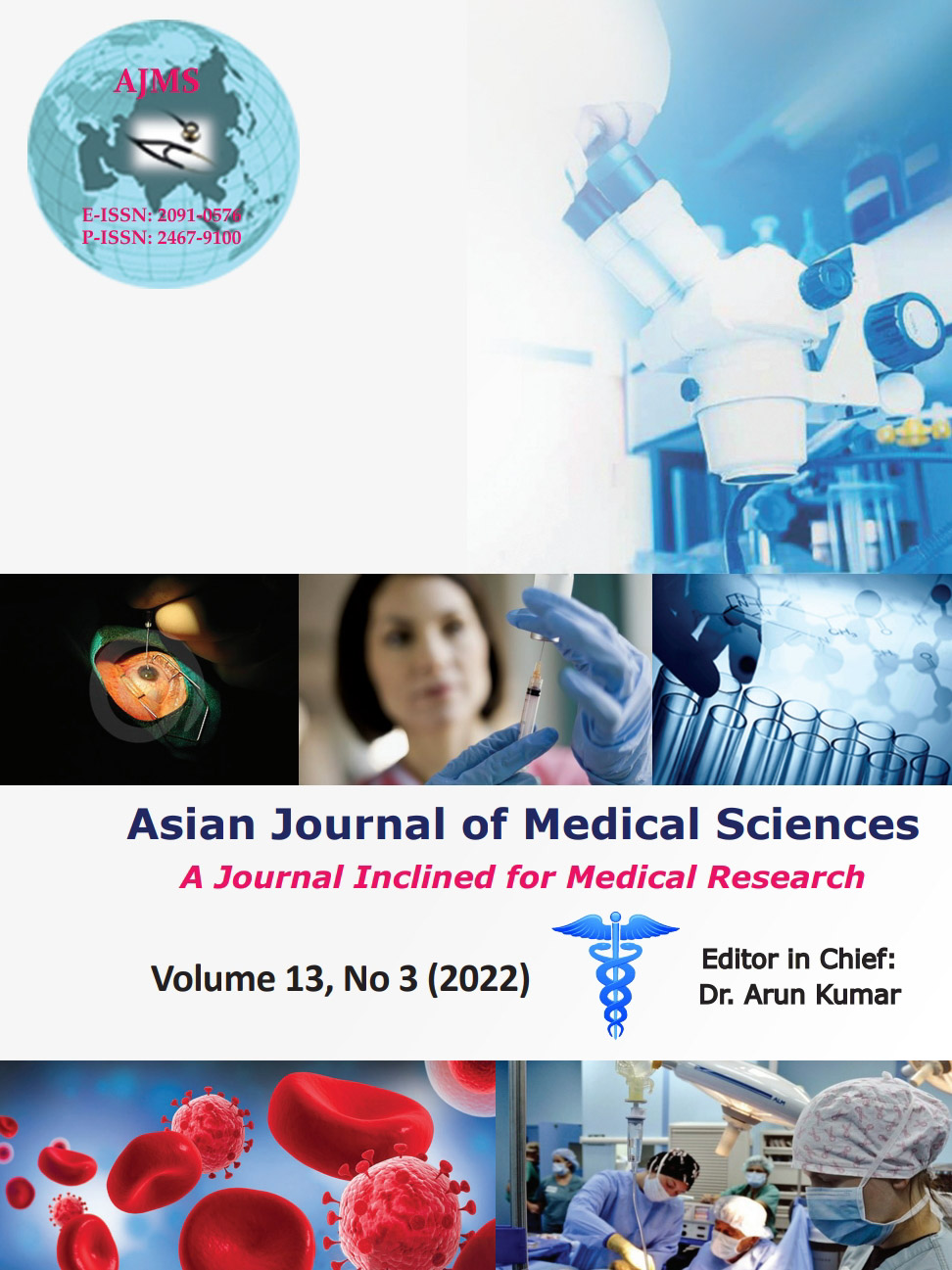A dermoscopic study of nail involvement in chronic plaque psoriasis at a tertiary care center
Keywords:
Dermoscopy, Nail, PsoriasisAbstract
Background: Psoriasis is a chronic inflammatory disease that affects millions of people throughout the world. Nail involvement is a common feature in psoriasis which is often overlooked despite causing significant functional impairment, disfigurement, and psychological stress to the patient. Dermoscopy is a non-invasive novel tool that enables a rapid and magnified visualization of the nail changes which are often imperceptible to the unaided eye.
Aims and Objectives: To study the dermoscopic profile of nail changes in patients with chronic plaque psoriasis.
Materials and Methods: The study was conducted from December 2018 to May 2020, in the Department of Dermatology of a tertiary care center in Kerala, including 155 patients of clinically diagnosed chronic plaque psoriasis who had nail involvement. A detailed history was noted along with a clinical and dermoscopic examination of all 20 nails of each patient.
Results: The most common finding on dermoscopic examination of the nails was onycholysis seen in 91%, followed by pitting (78.8%) and subungual hyperkeratosis (78.1%). Other findings noted in our study which are not commonly described are wavy lamellar microsplitting (41.9%), cuticular hypertrophy (18.1%), pseudofiber sign (16.1%), dilated nailfold capillaries (12.3%), capillary prominence at onychodermal band (7.7%), dilated hyponychial capillaries (7.7%), and fuzzy lunula (7.1%).
Conclusion: Nails are frequently involved in psoriasis but often overlooked. Dermoscope is an effective tool that facilitates the assessment of nail changes in psoriasis.
Downloads
Downloads
Published
How to Cite
Issue
Section
License
Copyright (c) 2022 Asian Journal of Medical Sciences

This work is licensed under a Creative Commons Attribution-NonCommercial 4.0 International License.
Authors who publish with this journal agree to the following terms:
- The journal holds copyright and publishes the work under a Creative Commons CC-BY-NC license that permits use, distribution and reprduction in any medium, provided the original work is properly cited and is not used for commercial purposes. The journal should be recognised as the original publisher of this work.
- Authors are able to enter into separate, additional contractual arrangements for the non-exclusive distribution of the journal's published version of the work (e.g., post it to an institutional repository or publish it in a book), with an acknowledgement of its initial publication in this journal.
- Authors are permitted and encouraged to post their work online (e.g., in institutional repositories or on their website) prior to and during the submission process, as it can lead to productive exchanges, as well as earlier and greater citation of published work (See The Effect of Open Access).




